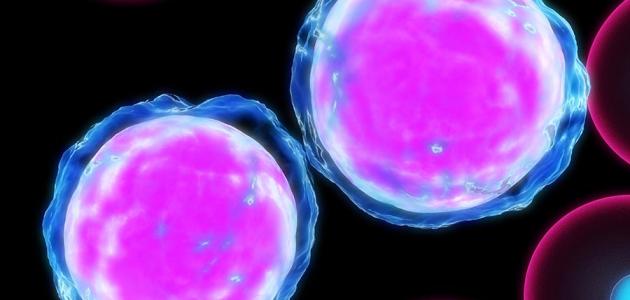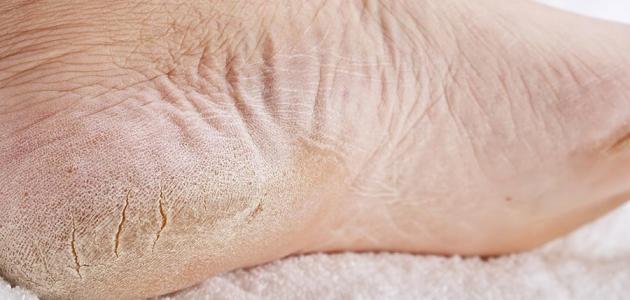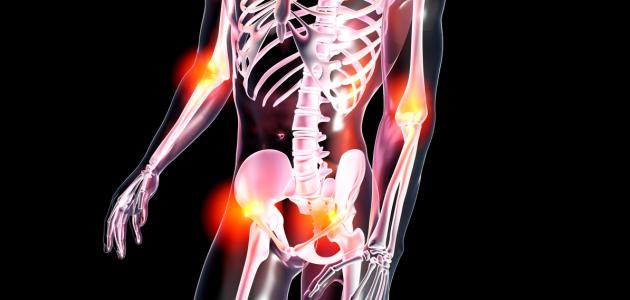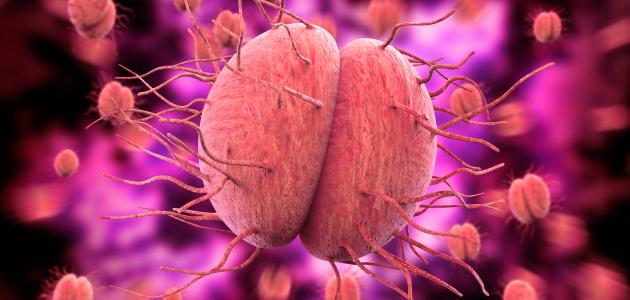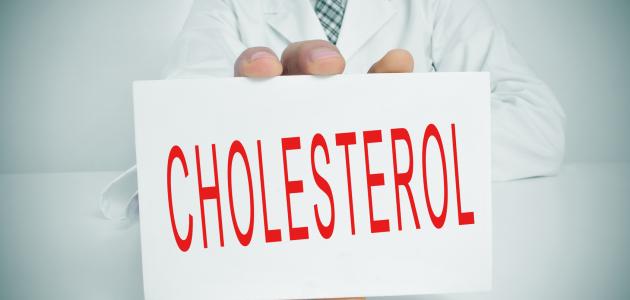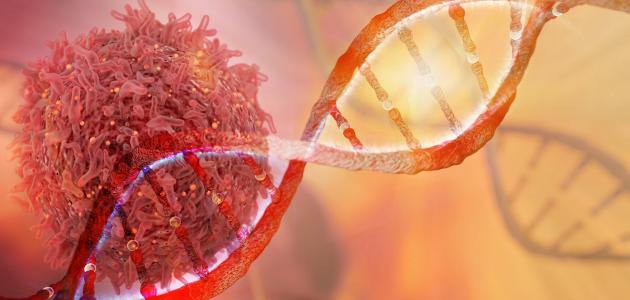Contents
Thalassemia disease
Approximately one hundred thousand newborns born annually are transferred to hospitals as a result of acute thalassemia infection, as thalassemia is one of the common hereditary blood diseases among individuals of African descent, or from the countries of South Asia or the Mediterranean, and this disease is associated with With the loss of the body's ability to produce an adequate amount of hemoglobin, whether of the beta or alpha types, this would cause a decrease in the correct production of red blood cells from the bone marrow , and the red blood cells are also subjected to major destruction, [1] [ 2] The patient suffers from anemia; It is a condition that is associated with the body's loss of its ability to produce adequate amounts of blood cellsThe natural red one, and in fact, there are two main types of thalassemia, one of which is called, beta-thalassemia; Which is associated with a disorder or mutation in the beta globin genes, while the other type is alpha-thalassemia . Which happens if the alpha globin genes are affected, in addition to the presence of a number of other types that fall under these two types, and accordingly, it can be said that the type of thalassemia that a person suffers from affects the type of severity of symptoms that appear on him. [3]
Thalassemia treatment
The medical treatment
There are a number of treatment options that can be resorted to in the case of thalassemia, the choice of which depends on the severity of the condition that the patient suffers from. Some of them can be mentioned as follows: [2]
- Blood transfusion: ; A blood transfusion is given to a thalassemia patient every three to four weeks, in an attempt to reduce the number of red blood cells that are made from the bone marrow, as blood transfusions are resorted to in severe cases of thalassemia, which are associated with the emergence of several different complications.
- Drug treatment: An example of a drug that is used in some cases of thalassemia is the drug Hydroxyurea. Which works to increase the production of fetal hemoglobin in the body.
- Stem cell or bone marrow transplantation: A bone marrow transplant from a compatible donor may be an effective procedure in severe cases of thalassemia, as it is important for the bone marrow to produce red and white blood cells, platelets, and hemoglobin . [1]
- Surgical treatment: which may be necessary in cases of correction of bone deformities. [1]
- Balastkhalab therapy: ; Where drugs are used that contribute to the disposal of excess iron in the body, resulting from regular blood transfusions, and examples of these drugs , the following can be mentioned: [4]
- Deferiprone; This medication is taken in liquid or tablet form, three times a day.
- Deferoxamine (Desferrioxamine); On the other hand, this drug is injected through the patient's skin by infusion.
- Deferasirox ; The patient takes one daily dose of this medicine by dissolving a tablet in a liquid.
- Treating other health problems that may occur as a result of thalassemia infection: For example, the following: [4]
- The antibiotics and vaccines that are used to treat and prevent infections.
- Bisphosphonates It can be used to strengthen bones .
- Hormonal drugs that are used in cases of delayed puberty in children, and to treat low levels of hormones in the body.
- Undergoing surgery to remove the gallbladder in some cases of gallstones.
- Thyroid hormones, which are used in cases in which the patient suffers from hypothyroidism .
Lifestyle change
In addition to the appropriate treatment plan that helps control thalassemia , there are a number of behaviors that the patient is advised to follow, including the following: [5] [6]
- Ensure to eat healthy and balanced food, which contains adequate amounts of nutrients necessary for the health of the body, in addition to the importance of eating foods that contain adequate amounts of vitamin D and calcium, which are necessary to maintain bone health.
- Avoid taking vitamins or other nutritional supplements that contain iron, without following your doctor's recommendations.
- Ensure that you wash your hands well and regularly, with the importance of avoiding contact with sick people, in order to prevent infection, especially in the case of undergoing splenectomy surgery.
- See a doctor as soon as you feel sick or have a fever.
Thalassemia symptoms
Thalassemia patients show a set of different symptoms, some of which can be summarized as follows: [3] [4]
- Delayed growth and development.
- Suffering from bone deformities, especially in the bones of the face.
- Suffering from extreme fatigue and fatigue.
- Urine coming out is dark in color.
- Pale or yellowish skin color.
- The incidence of osteoporosis .
- Have heart problems.
- Impaired appetite.
- splenomegaly; It is the organ responsible for fighting diseases.
Diagnosis of thalassemia
There are a number of methods that a doctor may follow to diagnose thalassemia, some of them can be mentioned as follows: [7]
- Physical examination; In which an enlarged spleen can be observed.
- Complete blood count Which enables the doctor to detect the incidence of anemia .
- Perform a mutation analysis test; This test helps detect alpha-thalassemia.
- Examination of a blood sample with a microscope, in which disorders in the shape and size of red blood cells are observed.
- Hemoglobin electrophoresis With this test, it can detect the presence of forms of abnormal hemoglobin in the blood.
- Prenatal testing; Through this examination it is possible to confirm the infection of the fetus with thalassemia, its severity, and from the methods used in prenatal testing, the following: [1]
- Amniocentesis amniotic fluid ; This test is usually done during the 11th week of pregnancy, by taking and examining a small sample of the amniotic fluid.
- Chorionic villus sampling This test is usually performed at 11 weeks of pregnancy, during which a doctor takes a sample of the placenta for testing.
References
- ^ A b T w Christian Nordqvist, "Everything You Need To Know About Thalassemia" , www.medicalnewstoday.com The , Retrieved 31-5-2019. Edited.
- ^ A b of Amber Yates, "Thalassemia: The Understanding Inherited Blood Disorder" , Www.verywellhealth.com , Retrieved 31-5-2019. Edited.
- ^ A b Gretchen Holms, Kristeen Cherney, "Thalassemia" , Www.healthline.com , Retrieved 31-5-2019. Edited.
- ^ A b v "Treatment - Thalassaemia" , Www.nhs.uk , Retrieved 31-5-2019. Edited.
- ↑ "Thalassemia" , www.mayoclinic.org , Retrieved 31-5-2019. Edited.
- ↑ "What Is Thalassemia?" , www.webmd.com , Retrieved 31-5-2019. Edited.
- ↑ "Thalassemia" , medlineplus.gov , Retrieved 31-5-2019 . Edited.
